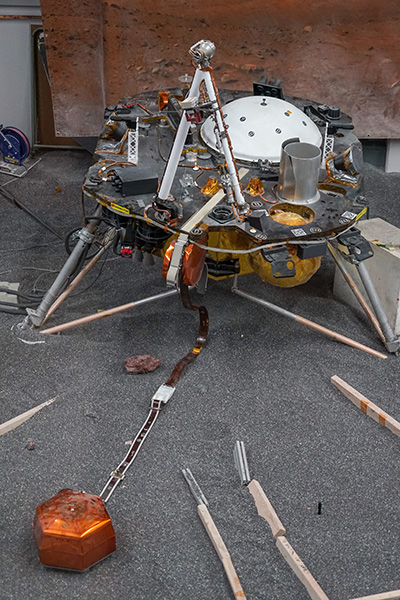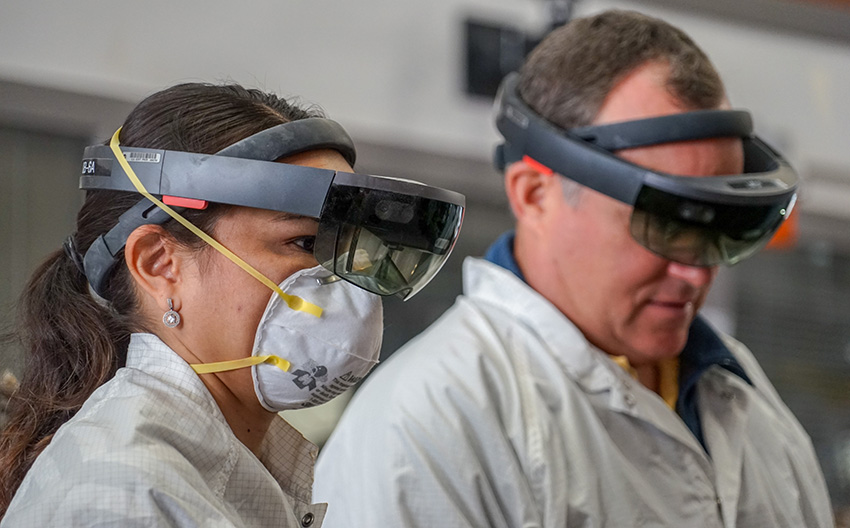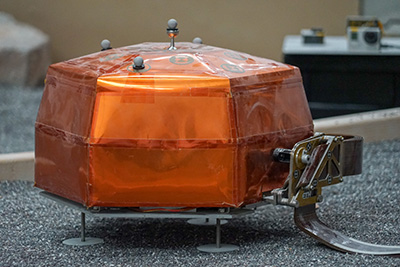InSight’s instrument drop-off area has been reproduced on Earth
Shortly after landing on November 26th, the InSight probe began to map in detail the few square metres of south-facing terrain just in front of the robotic arm, which will be used to deploy its two main instruments.
Publication date: 15/12/2018
General public, Observatories, Press, Research
Related observatories : InSight Observatory
Related themes : Earth and Planetary Interiors










